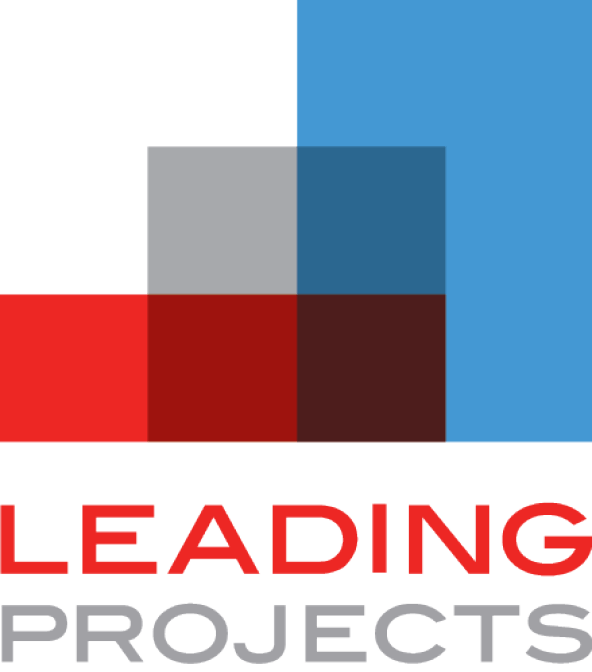Effective leaders anticipate a certain amount of risk. That’s why well-managed projects generally have sophisticated, built-in risk management tools and processes. The whole idea is to identify the risks, assess the probability that they will occur, and calculate the magnitude of their impact. Once that happens, project leaders can determine the mitigations to be made and assign risk owners to monitor the risks and step in to respond where necessary. As a result, a regular process is established for keeping the whole risk management system up to date and relevant. It’s a great approach for anticipating and planning for all of the harmful events we’ve been able to think of — the events inside our circle of vision.
But the 9/11 Commission Report cited “lack of imagination” as the single biggest failure, which prevented us from anticipating and avoiding that tragedy. What can we do about the events just outside our immediate circle of vision (aka the “second circle” of risks) — the surprises we haven’t thought of, the outcomes we didn’t predict? It is striking just how many project team members on complex mega-projects tend to treat these surprises as an interruption to their job, instead of taking a big-picture view.
Greg Sills, President of Leading Projects LLC, has developed a workshop called “Mindful Leadership,” which helps organizations build their muscles for managing the unexpected. Greg’s workshop is based on decades of experience managing mega-projects — including those on the frontier of technology, where failures can be catastrophic — and was co-developed with Kathleen Sutcliffe, co-author of Managing the Unexpected: Sustained Performance in a Complex World (Wiley, 2015). In the book, the authors evaluate “high-reliability organizations” — operations such as aircraft carrier and nuclear power plant crews and emergency room medical teams. High-reliability organizations (HROs) share three essential characteristics: 1) They constantly confront huge surprises; 2) they operate in unforgiving, high-risk environments; and yet 3) they operate with remarkable consistency and reliability. The attributes of these organizations enable them to create a mindset shift — that surprises are to be expected, and especially when you are operating in a high-risk environment, perhaps on the frontier of technology, they are your job. Detecting them early — when they are harder to see, but easier to deal with — is the winning way.
Workshop attendees are introduced to the following five ideas that characterize Highly Reliable Organizations, and that can be applied to any project environment:
1. Be preoccupied with failure (lapses, deviations, errors).
- Obsess over the smallest errors, lapses, and deviations.
- React early and quickly to anything that falls outside your expectations.
- Foster an atmosphere of listening for faint signals.
- Preoccupation with failure is hard — it contradicts our preference for celebrating successes, but it’s essential for catching fires when they are small (i.e., harder to detect, but easier to put out). Make it safe for staff to speak up, question assumptions, and point out errors that they or others have made.
2. Resist over-simplifying the challenge you’re facing.
- Recognize the aspects of what you are doing that are “cutting edge” to the industry, to your team, or to you; if it’s a first for you, it’s “experimental” for you.
- The Columbia Accident Investigation Board said, “…NASA had begun to treat the space shuttle like a 747” — that you could take off, fly around, land, and do it again — when, in fact, it was still experimental.
- Cultivate skeptics, and encourage a diverse set of interpretations of the situation that is unfolding.
3. Listen to your experts, and focus on the front line.
- Most organizations tend to defer to authority more than to expertise. HRO’s have flexible decision structures that allow decisions to migrate to where the expertise resides — especially in a crisis situation.
- Leaders have “a picture,” but not necessarily the big picture in terms of more data.
- Workers on the front line know what works and where the vulnerability is.
- Focus on operations — what is the most critical activity occurring right now? Leaders should be accessible and attentive to the here and now, especially when a situation is changing and evolving.
4. Cultivate resilience — expand your response repertoire.
- When Apollo 13’s oxygen tank exploded, Gene Krantz already knew how his team would respond and frequently simulated crisis situations.
- Dress rehearsals, drills, and training can help team members compensate for each other, communicate, and evaluate data more quickly and reliably.
5. Create certainty everywhere it’s possible.
- Follow standard procedures — but not mindlessly. When something changes, adapt your approach
- Plan, but beware the limitations of planning; plans can’t anticipate the unexpected.
- Planning is critical, but can lead to the fallacy of pre-determination — seeing only what we expect to see.
Taken together, these five pivotal behaviors can help any organization look beyond their immediate circle of vision, adopt a more flexible mindset about risk, and prepare for the unexpected. If your organization is ready to take the next step in managing the unexpected, contact Leading Projects for more information about a workshop tailored to your organization.

